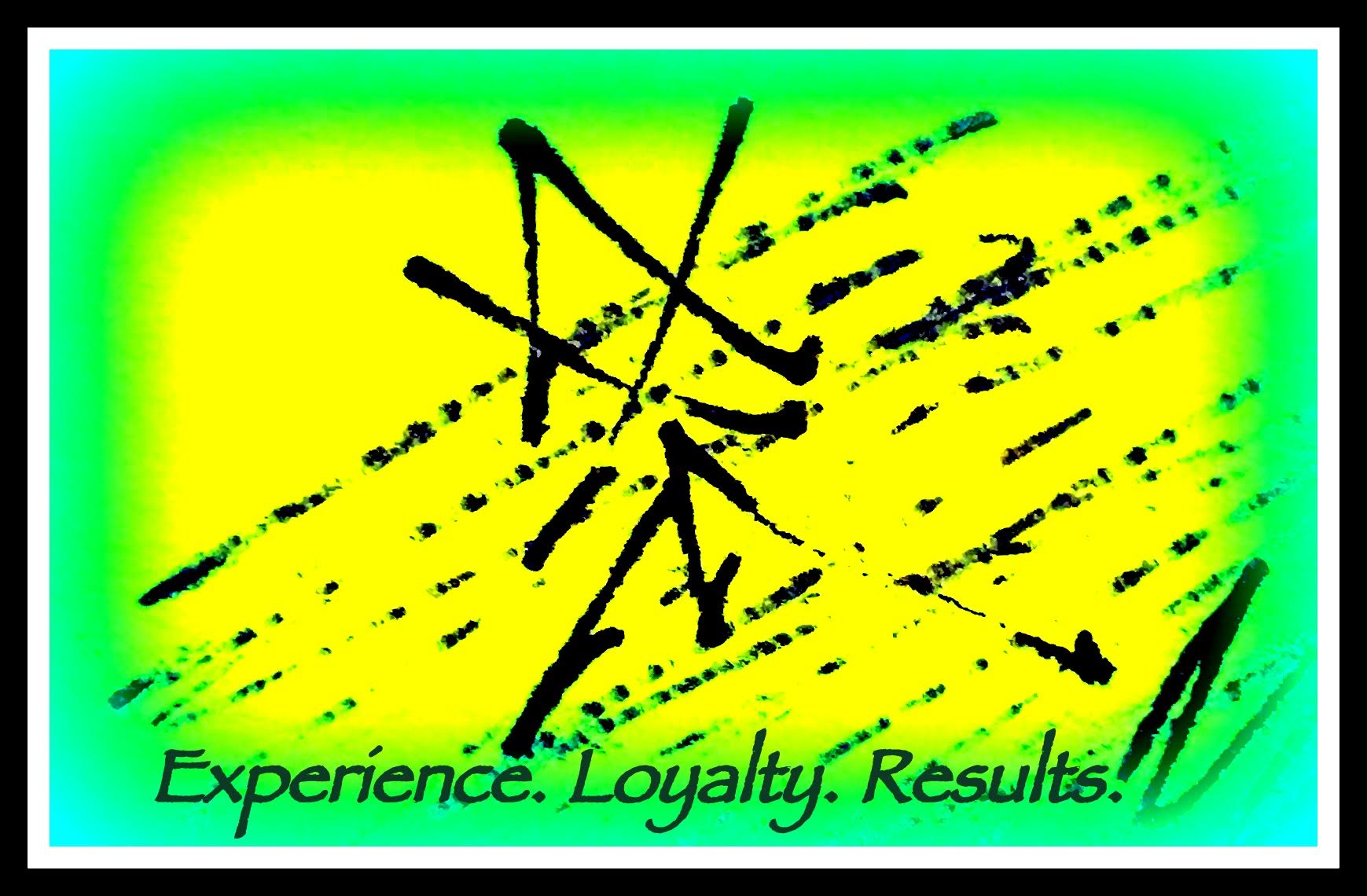What’s at work when a witness testifies in a way contrary to expectation? Why do we tend to take this testimony more seriously? An example. Congressional hearing on climate change. The head of the Sierra Club testifies that urgent action is needed to address this issue. The panel then hears from the Chairman of ExxonMobil––and surprisingly, there’s agreement. The panel, having heard from both, will most likely give greater weight to the Chairman’s testimony. Why?
A witness who testifies against interest. We tend to believe witnesses who testify against interest. Our perception is: they have to speak the truth, even though they’d rather not. The truth transcends their own self–seeking, immediate interests. Grudgingly, the witness has to admit that the truth is larger than the motivations and intentions of one person, firm, or organization. This makes the truth something greater, something which cannot be disparaged or ignored.
Subconsciously, we’re receptive to the “air” and “aura” of another person––hidden aspects of another’s reality lurking just beneath the surface. Our discovery that something is slightly awry works as a way of securing our space, of protecting us from potential harm. It can be small, trivial––an odd mannerism, quirk, or gesture––that’s all that’s needed. We’re alerted to a hidden danger, a sixth sense––we instantly detect something’s not quite right. There are those who actually work to develop this capability, take it seriously.
A witness who has no choice but to testify in a certain manner. The truth in these contexts acts as a limit or boundary, negating the immediate effects of the witness’s predilection or bias. It’s as if we can visualize an invisible barrier preventing testimony that falls beyond a certain line. That line exists, and it cannot be transgressed, even though the witness would certainty prefer the line was not present. If this witness admits to the existence of the line, then we know with certainty it has to be there.
When we first meet a person, we presume a normal childhood, two caring parents, a stable home, but as the years pass we realize that’s often not the case. Childhood experiences tend to shape outlook and perspective––a person’s own design–silhouette, the looking glass through which they see the world. We’re never told of this, and it cannot be entirely explained even if described. But a person’s childhood will be what shapes them for the rest of their life––it’s up to us to be receptive to that which is both visible and invisible, surface and undersurface.
A witness who is contained/controlled by a greater force. The witness would choose to resist with all their intellect and effort, but cannot. Something else is at work. The witness is contained and controlled by a greater force. It’s palpable, and exerts pressure. We tend to trust testimony which we believe to be undeniable, ineluctable. No matter what degree of urgency, the truth of the matter surpasses the present moment.
We’re also unaware of so much else that’s had an effect. That’s why our snap judgments are often wrong. We’ve been given only an exceedingly small amount. We see the world and we believe our perception of reality is “correct” and “normal,” but if we knew even slightly more our perception would change. Can you step outside your own skin? Do you have the ability to consider the likelihood that others may actually be more capable than you in seeing things as they truly are?
We, as listeners, are surprised––we would expect a biased witness to testify consistently with their own motivation and predisposition. We, as listeners, are also reassured––we know this witness would rather not admit to this particular truth, but the witness recognizes he has no choice. The truth in these instances is corroborated by those least willing.
During a jury trial, do jurors listen trustingly or skeptically? Of course, both. Some jurors will listen with trust until they are shown a reason to distrust; others will listen skeptically until they are shown a reason to believe. “A good rule of thumb is to corroborate all contested areas that can reasonably be characterized as doubtful or uncertain”––standard advice, but incomplete. The way you corroborate matters as well.
Corroboration works best when (1) what’s presented is outside the control of the witness; and (2) what’s presented is outside your control as well. The most persuasive evidence exists outside the control of others which explains the persuasive power of photographic and videotape evidence. Corroboration does not merely duplicate testimony, but strengthens and enlarges it. True corroboration thus can be seen as a side approach––asymmetrical, angular, parallel––rather than overlapping and mirroring.
In a way, a witness who testifies “contrary to expectation” and “against type” is self-corroborating––we know there’s something else out there that’s guiding their hand. Unspoken, shadowy, invisible to the naked eye––it’s all we need to be made to believe.




